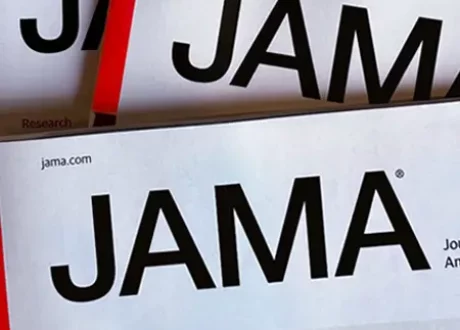Maroan Cherkaoui, Annmarie Touborg Lassen, Mikkel Brabrand et al.
he main ECG changes caused by calcium (Ca) abnormalities have been classified as HR corrected QT interval (QTc) prolongation (hypocalcaemia) and shortening (hypercalcaemia).1 Hypocalcaemia and hypercalcaemia are considered potentially life-threatening conditions, partly because of the theoretical risk of arrhythmia. An experimental study with healthy individuals suggested a relationship between serum ionised calcium (Ca2+) and QTc.2 Only smaller and older clinical studies have, however, tested the correlation of QTc and Ca in patients3–6 and more often using serum total Ca rather than ionised Ca.2 3 5 Although the evidence basis for Ca2+ and its effects on the ECG are weak and their value clinically questionable, the evidence has been adopted into medical literature and clinical practice.1 Furthermore, no evidence is available pertaining to the relationship between Ca2+ and QTc in the diverse ED population. The aim of our study was to investigate whether this relationship exists in the ED and more importantly if it could be useful clinically.
This was an observational study including two Swedish EDs, one in Skåne University Hospital and another in Helsingborg Hospital. We included all adult (≥18 years of age) patients at their first presentation to the EDs from 1 January 2010 to 31 December 2014, if they had an ECG with a QTc recorded between 1 hour prior to 12 hours after arrival time and had a Ca2+ measurement within 2 hours of the ECG. Patients with either hyperkalaemia (>5 mmol/L) or moderate to severe hypokalaemia (<3 mmol/L) were excluded, as well as patients with pacemakers or poor ECG quality.








